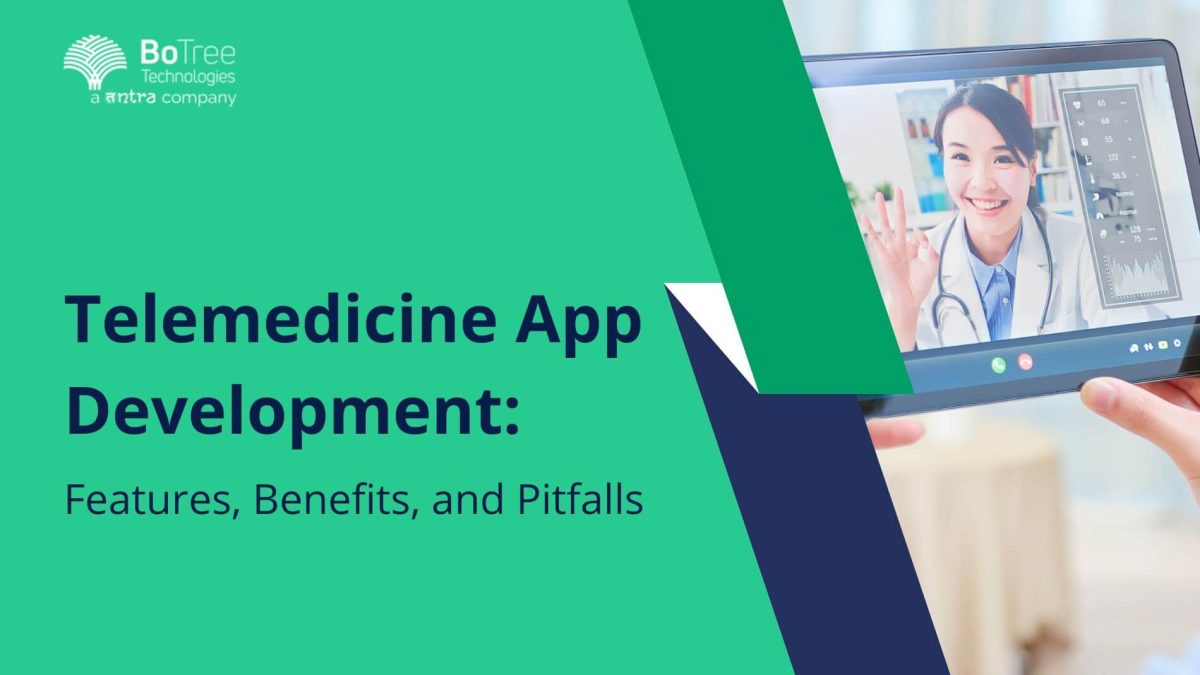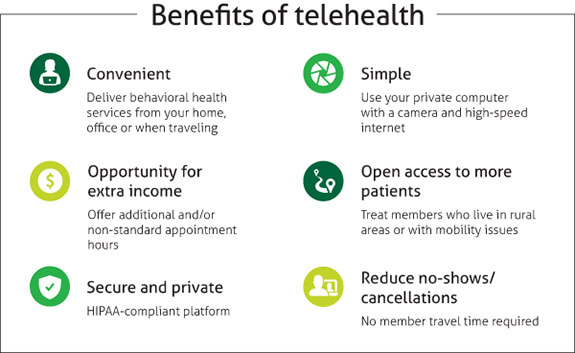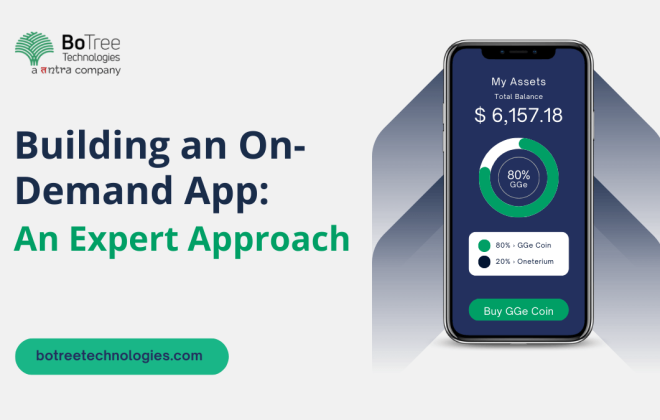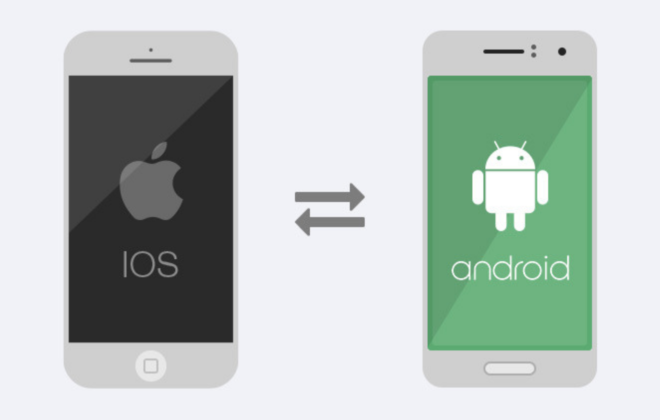
Telemedicine App Development: Features, Benefits, and Pitfalls to be Watched Out
According to the American Hospital Association, 76% of U.S hospitals now use telemedicine apps to treat their patients. Sadly, some don’t realize they qualify for such services because they don’t know what they’re entitled to or aren’t aware that their condition could be treated remotely instead of being admitted into an emergency room facility. If you are interested in knowing what telemedicine app development is about, this piece is for you!
Introduction to Telemedicine
mHealth app development solutions such as Telemedicine is a medical facility that uses technology to provide care to patients. This can include remote diagnosis, monitoring, and treatment of illnesses or injuries at a distance. The term “telemedicine” is widely used synonymously with “telehealth,” which refers specifically to the use of telecommunications technology in healthcare delivery.
Since its invention, telemedicine has been used for routine patient care (prescription refill services) and life-saving interventions such as emergency room visits via video conference.
What is Telemedicine App Development?
Since Telemedicine is a form of telecommunication in which patients can connect with doctors and specialists from a distance, it allows them to consult with others without traveling great distances or waiting for appointments at clinics. Telemedicine is used for many different things, such as diagnosing and treating diseases like cancer or diabetes. It also helps people manage their health better by providing access to specialists who may not be available locally. We will talk a bit later about how to develop a telemedicine app and the key features of the related software.
Benefits of Telemedicine App Development
There are many benefits of teledoc-like app development. Here are just a few:

- Reduced Costs:
- Using a third-party healthcare app development company can reduce the cost of running your practice and save money on equipment purchases.
- Additionally, if you’re working with an experienced company that has been delivering patient care for years, they will likely be able to help provide advice on how to streamline processes and ensure that everything runs smoothly.
- Increased Efficiency:
- Interestingly, by outsourcing some of your work from inside the walls of your office into another location (and even across continents), it becomes easier for people who need help to access their services without having any extra steps taken by staff at all levels for them to take care of those needs themselves.
- That means fewer delays due to waiting times between appointments or other interruptions during peak hours.
Read more: How HealthTech Helps to Build Cutting-edge Solutions for Patients
Key Features of the Telemedicine App
- Video Chat:
- mHealth app development solutions provide the most apparent feature of telemedicine software, i.e. communicating with patients remotely. This can be done using video or audio, allowing you to see your patients in person from any part of the world at any time.
- Remote Patient Monitoring (RPM):
- RPM is another crucial feature that allows medical professionals to monitor their patients’ progress from afar without having them come into their offices every day for testing or treatment sessions.
- It also enables remote consultations between doctors and nurses working together on a project and other healthcare professionals. These professionals could be dietitians or psychologists specializing in mental health issues related specifically to Alzheimer’s disease, depression among older adults who may have difficulty getting out of bed due to lack of motivation, and low appetite.
Developing a Telemedicine App-The Process from Idea to Creation
mHealth application development is not as simple as it may seem. It requires a lot of time and effort. The app should be developed with the essential requirements and be easy to use for the patients.
However, the development process is the most critical part of software engineering. It is a structured, systematic, and documented process with several stages.
- Idea Stage:
- In the idea stage, the developers identify the problem and brainstorm possible solutions.
- Requirement Stage:
- In the requirements stage, they capture all the ideas (including yours) in a requirements specification document. They must also define functional and non-functional requirements for your app.
- Design Stage:
- In the design stage, the app developers create a blueprint or prototype for your app, which will be used to test if it meets your expectations before developing it further.
- Coding Stage:
- The coding stage is where the developers write the code for your app using an appropriate programming language according to the design document created in the previous step.
Testing Stage
The testing stage is the last stage of the software development process. It is usually carried out after a product has been developed and before it is released to customers. Here, you check if all features work as planned by executing each independently and then together as a unit.
The testing phase consists of two significant sub-phases:
- Unit Testing
- Integration Testing
Unit testing checks individual code units for errors, while integration testing checks if the software works well with other system parts.
Telemedicine mhealth Application Development – Best Practices
- Use a Dedicated Team:
- A healthcare application development team should comprise experts in their field who work closely with each other. This will ensure that the project runs trouble free from the beginning to the end. You will also get better results because they have full knowledge of all aspects of making an app.
- Use an Agile Methodology:
- Agile development is preferred over waterfall methodologies as this allows companies to add features faster on products or services without sacrificing quality or reliability (since the software can be easily changed).
- Use a Test-Driven Approach:
- Testing is crucial for creating reliable software applications because it helps identify bugs before they become big problems later down the line when users start using them. If you fail to address bugs, it could make users lose interest, especially if something goes wrong during the usage phase.
Checkout our Successful Case Study of Home Care Web App for Caregiver
What are the Pitfalls to Watch Out for When Developing Your
Telemedicine Application?
While developing your teladoc-like app, there are a few pitfalls to watch out for. These are:
- Cost of Development:
- It is expensive to build a telemedicine platform from scratch. The time to market may also be lengthy, and you would need to ensure that the technology is ready before launching it into the market so that people don’t wait too long before using it. The best thing to do is to determine your capacity.
- You can hire a credible software development company for meeting your needs. The cost of a telemedicine app depends on the number of features and functionality and the number of users. Small companies may have a budget for developing its product, while larger companies have an entire department dedicated to this task.
- User Experience:
- User experience is also a significant issue that needs attention when designing a new product or service because it affects how users interact with the system and how they feel about their experience while using it (or not).
- These factors mustn’t be overlooked because poor user experiences prevent people from using med-tech products altogether!
- Security:
- The level of security your app offers also needs to be addressed. How safe are the details of your patients? Can your app be easily hacked? You don’t want to put your patients’ privacy at risk.
Who Can Help You Create a Telemedicine App?
Building a telemedicine system is not a simple task. It requires extensive knowledge, understanding, and technical expertise. For mhealth application development for your business needs, you need the help of specialized software development companies that can provide you with all the necessary materials and services.
Concluding Thoughts
We hope this article has given you a better understanding of telemedicine app development, its benefits, and tips on making the most out of this technology. We also hope you’re excited about developing your app and getting it into the hands of patients!
Contact us today for a FREE CONSULTATION.




